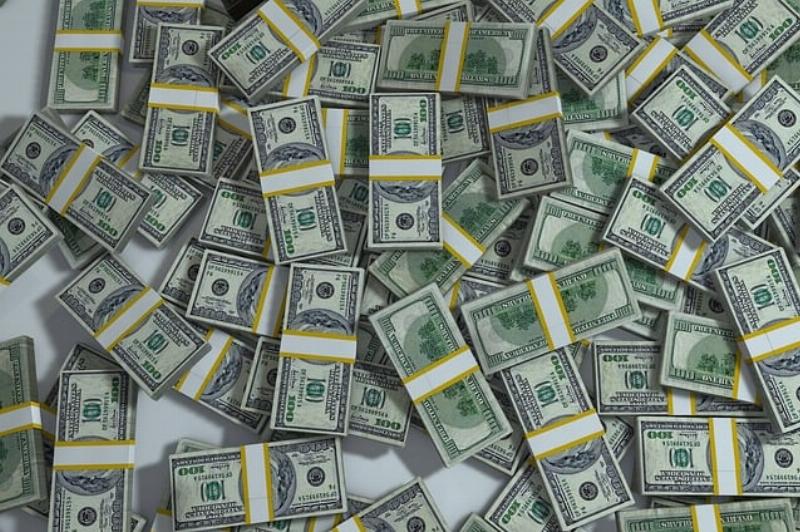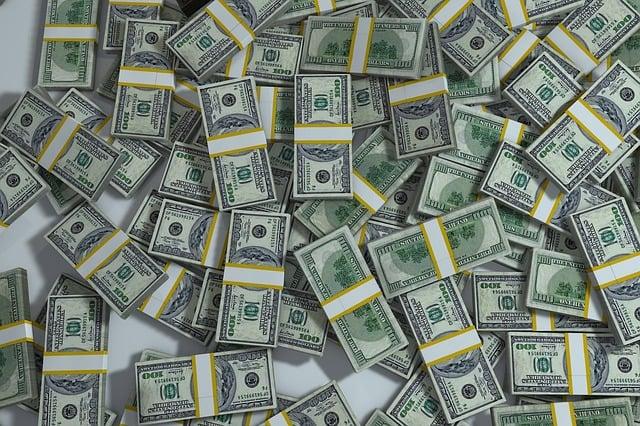


The Educational Choice for Children Act (ECCA), recently signed into law, will go down in the history books as the most significant infusion of federal funds to private grade and high schools in U.S. history. It will usher in a revolution in private K–12 education.
New federal scholarship funds will now be available to cover private school tuition, fees, and books, as well as homeschool expenses.
Who Benefits?
There are approximately 3,600 private high schools and 6,200 private elementary schools in the United States. Roughly five million K–12 students attend private schools, which account for approximately 10–12 percent of the total K–12 population. Two thirds of the private schools are affiliated with a religious institution.
Current Private School Tuition
Private K–12 school tuition varies widely by state, grade level, and type of school. The average cost for all private schools is around $13,000. But private non-sectarian K–12 schools average $20,000, whereas comparable Catholic schools cost only $10,000.
The Size of the Tax Credit
The new law, which takes effect in 2027, will allow most of the 160 million taxpayers to receive a so-called non-refundable federal tax credit for a contribution to a state-approved institution that supports non-public K–12 school scholarships. That credit is $1,700 for an individual or $3,400 for a couple.
Who will choose the ECCA Deduction?
Since almost 90 percent of taxpayers use the standard deduction, they would typically not be able to claim the $1,700 or $3,400 deduction. The secretary of the Treasury, however, is given authority under this new law to issue “such regulations or other guidance as the Secretary determines necessary to carry out the purposes of this section.” Therefore, the secretary should be able to resolve this education tax credit issue by simply adding a box to the standard deduction form, which would enable taxpayers using the standard deduction to also claim the ECCA tax credit. Recently signed legislation permits a similar tax credit for the purchase of new American-made autos, even if the taxpayer is using the standard deduction.
ECCA Benefits Tied to Family Income
Students in private K–12 schools will be eligible for federal scholarship aid only if their family income is below 300% of the family poverty standard in 2025. For a family of two, this threshold is $63,000; for a family of four, it is $96,000.
Benefits Available to Public School Students
Not to be left out, families with children in public schools will also be able to tap into this new federal aid to cover non-tuition-related expenses.
Who will donate to the Scholarship Granting Institutions (SGIs)?
Since the tax deduction will apply only to taxpayers with a personal tax liability of $1,700 or more, many taxpayers in the bottom fifth of the income distribution will generally not be eligible for the deduction. The other 80 percent of taxpayers, however, will be able to recover their contributions dollar for dollar.
For example, a couple with a federal tax liability of $3,400 can donate $3,400 to an approved SGI that supports private K–12 students and receive a $3,400 tax credit to offset the gift. One limitation: The gift must go to an approved state scholarship fund, not to an individual school or student. However, the taxpayer can direct the approved SGI fund to contribute the funds to a particular school and, probably, to a particular grade.
Impact on Private K–12 Schools
No doubt, it will take a few years for existing private schools to expand significantly and for new private schools to be established and staffed, but a substantial pool of funds will likely be available to support such expansion.
What will be the size of this tax-credit windfall for private schools?
At this point, we can only estimate. It is likely that a significant fraction of parents and guardians of the five million students currently enrolled in private schools will use the $1,700 tax credit if they are eligible. That might add up to six million taxpayers taking the $1,700 credit for K–12 student scholarships, or $10 billion annually. One can also assume that a fair number of the grandparents, relatives, neighbors, and friends of these private school students will also use the tax credit. This could add another six million taxpayers and an additional $10 billion in federal transfers. At least a few million taxpayers who are private school alumni are likely to contribute as well. This will add billions of dollars in tax credits.
The Role of Religious Institutions
The United States has 350,000 religious institutions. Many will encourage their congregants to use the tax credit to support schools affiliated with their denomination. Since most private K–12 schools have a religious affiliation, it can be assumed that many congregants will take advantage of the tax credit to support scholarships for children connected to their faith. This could add yet another 10 million taxpayers and an additional $17 billion in federal transfers.
Models to Follow
Based on the entrepreneurial behavior of groups like the Girl Scouts, it is likely that religious and private school networks will vigorously mobilize their friends and supporters. These school networks will flood their internal media to encourage their members and supporters to apply for this new tax deduction.
This will be an ongoing advertising and public education blitz that will only expand as more SGI contributions are received.
These forces will drive billions of tax credits into the private K–12 sector.
These numbers are speculative because we have no hard evidence concerning the popularity of the new tax credits. But the possibilities are dramatic.
A Caveat
The Congressional Joint Committee on Taxation (JTC) estimates that only a modest number of taxpayers will take advantage of this new law, resulting in only $500 million in tax credits in 2027, the first year of the program, and $5.6 billion in 2028.
The author believes that these JTC estimates are far too low and significantly underestimate the potential public support for the new tax credit.
Government Control
How much oversight or control might come with these new federal dollars? In the 1940s, Robert M. Hutchins, the legendary president of the University of Chicago, warned that accepting federal dollars would expose universities to political controls. Such controls have long since arrived.
The new federal dollars for private K–12 will inevitably bring some federal regulations. Some regulations are longstanding and may be appropriate — for example, minimum standards for teachers and statewide tests to demonstrate student academic competence. Other regulatory overreach, such as efforts to encourage unions, mandate a curriculum, or impose diversity quotas, should be vigorously resisted.
Ongoing K–12 Struggles in the Political Arena
For the coming decades, a heated debate will continue between supporters of only public schools and those who support a more diverse public and private system. Teachers’ unions and the public school establishment will undoubtedly attempt to hinder the expansion of a competitive private school system. It will take years for a new public-private equilibrium to be established. In the interim, a powerful new taxpayer constituency for K–12 private schools will be building around the nation.
For K–12, the revolution is underway.
James S. Fay is a semi-retired attorney and political scientist. He has over three decades of experience as a college faculty member and administrator.

Image via Pixabay. Pixabay License.
